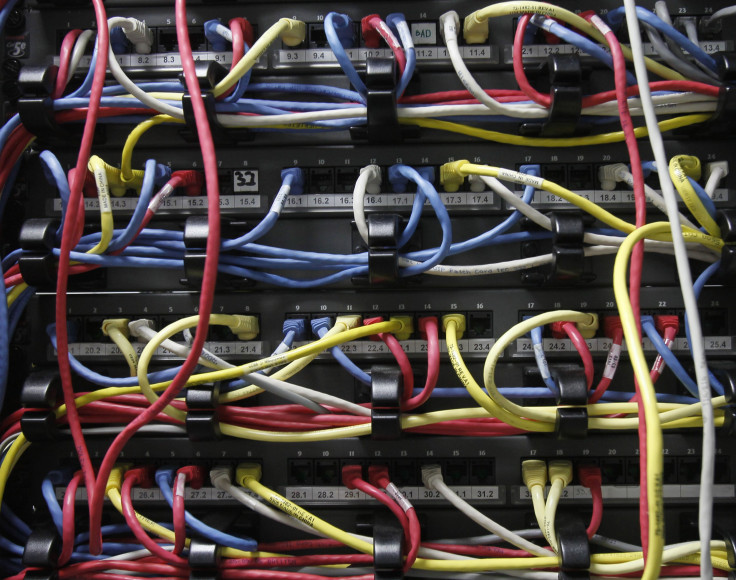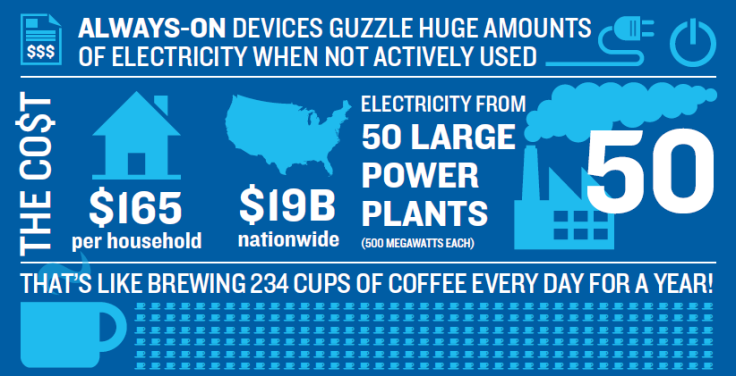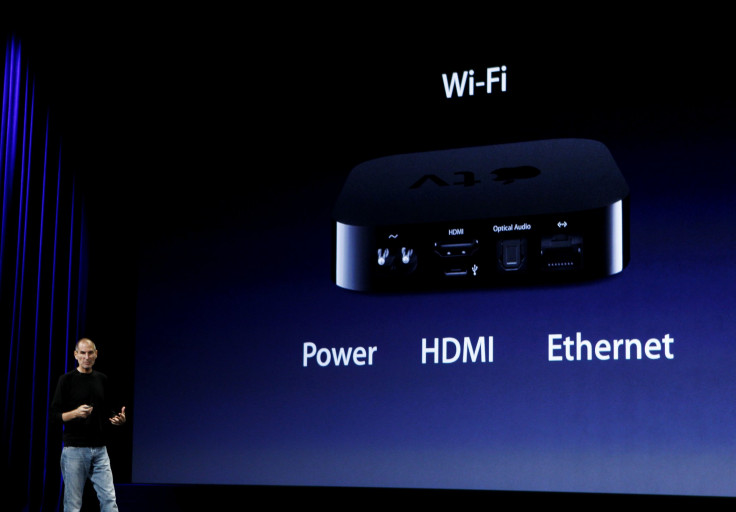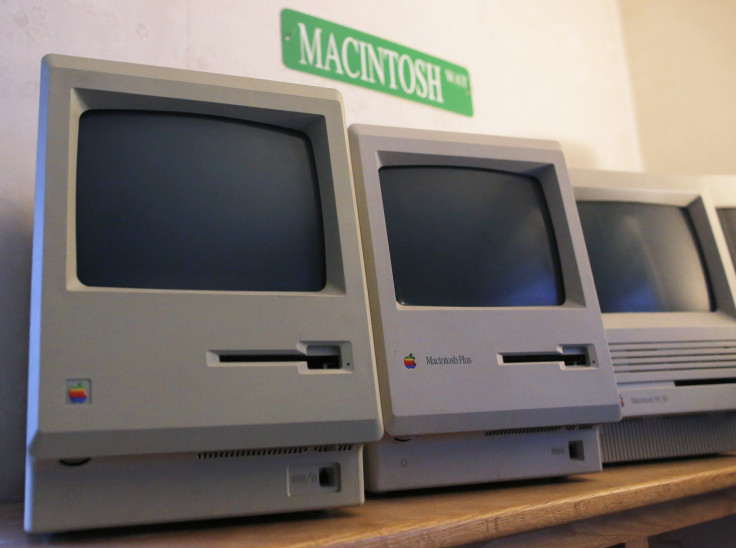Energy Guzzling 'Vampire' Devices Waste $19 Billion In Electricity Each Year, Even In Idle Mode

Did you remember to unplug your modem this morning before you went to work? How about your television? Didn’t think so.
Every day, Americans leave dozens of appliances, electronics and other household equipment plugged into the wall, even though we use the devices only a few hours a day. All this so-called vampire energy adds up to roughly $19 billion worth of electricity each year -- the equivalent of running 50 large power plants -- the Natural Resources Defense Council said in a study released Thursday.
In California, always-on but inactive devices account for nearly one-quarter of electricity in homes on average, and they guzzle enough power to brew more than 200 cups of coffee every day for a year. To reach those numbers, the environmental group combined energy data from 70,000 smart meters in Northern California homes with dozens of on-site visits. NRDC says the data can be applied nationally since American consumers tend to buy the same everyday appliances in all 50 states.

Pierre Delforge, the report’s author and NRDC’s director of high-tech sector energy efficiency, said one reason vampire energy levels are so high is that mechanical devices now include digital components. “Appliances like washers, dryers and fridges now have displays, electronic controls and increasingly even Internet connectivity,” he said in a statement. “In many cases, they are using far more electricity than necessary.”
Delforge said consumers can reduce their idle energy use by installing smart power strips, which only draw power when devices are turned on. Timing equipment can be set to automatically shut off devices at night and power them back up in the morning. “Reducing always-on consumption is a low-hanging-fruit opportunity to cut climate-warming pollution,” he said.
Here’s a look at five of the worst energy vampires in the NRDC report:
Set-top boxes: The little square or rectangular device that satisfies all your binge-watching needs. In visits to 10 households, NRDC researchers found that set-top boxes guzzled between 16 and 57 watts of around-the-clock power during a year, adding between $16 and $57 to the homeowners' annual electric bills, based on the average annual electricity rate.

Audio gear and game consoles: Your unironic record player or rage-inducing Xbox. Researchers found these devices used between 7 and 40 watts of power in always-on mode in the houses they visited.

Television: The thing you need to use two of the previous devices. TVs pulled between 2 and 54 watts out of the wall in the audited homes, even as they remained off.

Desktop computer: Your holder of emails and Facebook feeds. Computers used between 1 and 49 watts, a number that varies wildly depending on if you turn it off every night or put it in sleep mode.

Modem: Buried in the deep recesses of your closet, or under a heap of mysterious cables. At the homes visited by the NRDC team, these emblems of 21st-century life sipped between 5 and 17 watts over a year’s time.
© Copyright IBTimes 2025. All rights reserved.





















